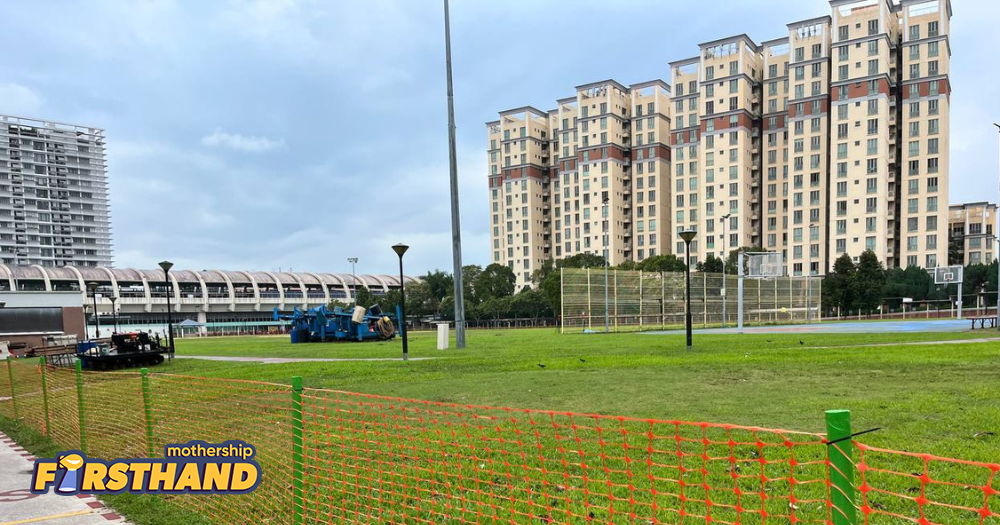In mid-January, I became a proud homeowner in Kembangan.
Ever since, I’ve been eagerly awaiting the day renovations are complete, so I can move in.
I currently live just a few bus stops away, so I guess you could say I chose familiarity.
But within the week, I was greeted with the news that the open field beside my new home would be making way for a residential development in the near future.
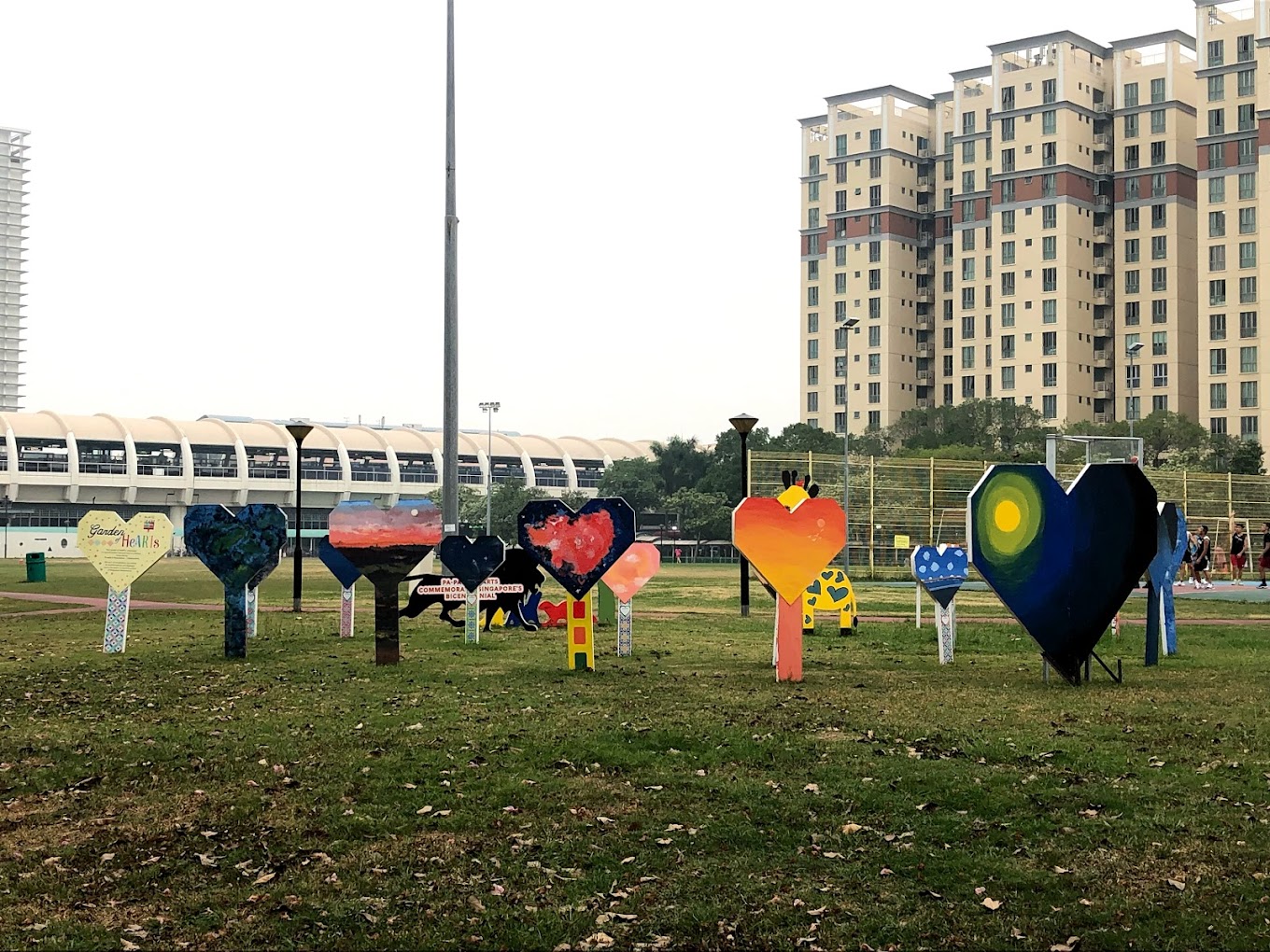 Image from Hermawan / Google.
Image from Hermawan / Google.
For anyone taking the train or cycling on the nearby park connector, the field is impossible to miss.
A sprawling plot of green next to the MRT station, you'd need to walk past it on the way to the bus stop or the nearby pick-up point. Which I routinely did, growing up.
But after the initial shock of the announcement, I found myself having some trouble placing my feelings on this.
My experience with the field was limited to occasional glimpses of people exercising or playing sports, or a passing glance when residents milled around for community events hosted on the field.
Ultimately, I didn't know it all too well. Yet somehow, I grieved its loss.
And I had no idea why.
Borrowed time
To be fair, the field was living on borrowed time.
Since 2019, it has been earmarked for mixed residential and commercial use, under the Urban Redevelopment Authority (URA) Masterplan.
But it was only in January, when URA proposed an amendment to rezone the field, that concrete plans came to light.
The proposed amendments earmark the space for residential use and allow for a future development potentially more than 36 storeys high, depending on considerations like technical requirements.
It didn't help that the announcement also indicated that the nearby community club would be demolished in favour of a neighbourhood park — a double whammy.
After the news broke about the field's impending redevelopment, a clamour came up from Kembangan residents.
And the next day, I was sent a Change.org petition by my fiancée, who grew up in Kembangan.
It was an appeal for the authorities to reconsider their plans for redevelopment, and urged them to "preserve communal spaces" in the area.
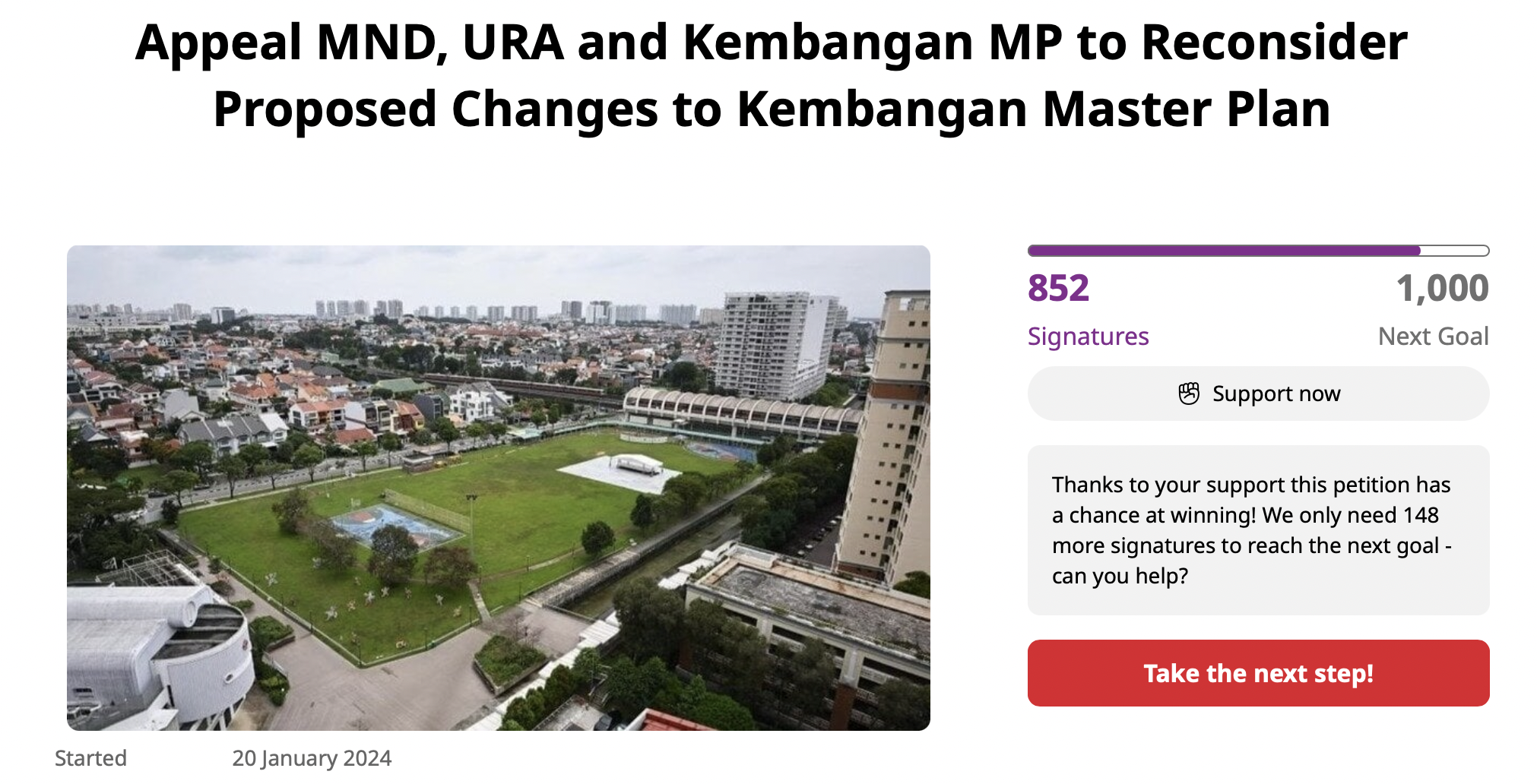 Screenshot from Change.org website.
Screenshot from Change.org website.
"Look what they're doing to our field," she told me. (I guess it was now my field too, after we collected the keys)
Her words also stirred up a sense of loss in me, and I gave the petition some thought.
Since then, it has garnered more than 800 signatures, one of which is mine.
I have to admit I signed it mostly as a matter of principle, as I feel residents should have been consulted beforehand.
Why residents will miss it
In an attempt to understand my own grief, I sought out residents' opinions on what the field meant to them.
"It's a haven where we bond, exercise and simply enjoy the outdoors with our children. It's not just a field, but a sanctuary in our neighborhood," said a 35-year-old resident surnamed Tan.
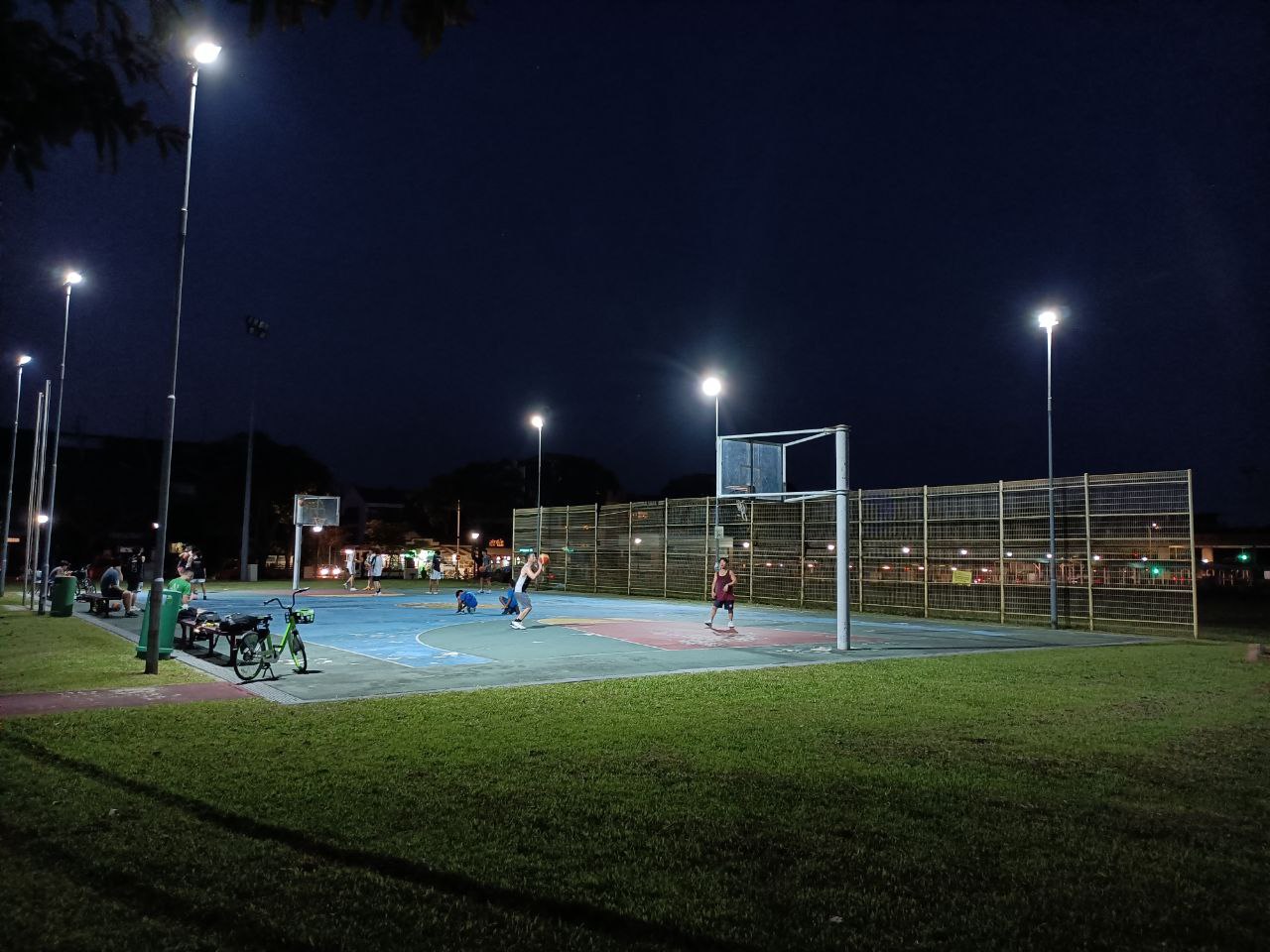 Image by Daniel Seow.
Image by Daniel Seow.
Another resident, Lim, 40, said it felt like a place of respite from urban living, and one of the few places where the sky isn't obscured by buildings.
"Even the passengers travelling on the East-West MRT line are able to appreciate the open sky and green field," she said.
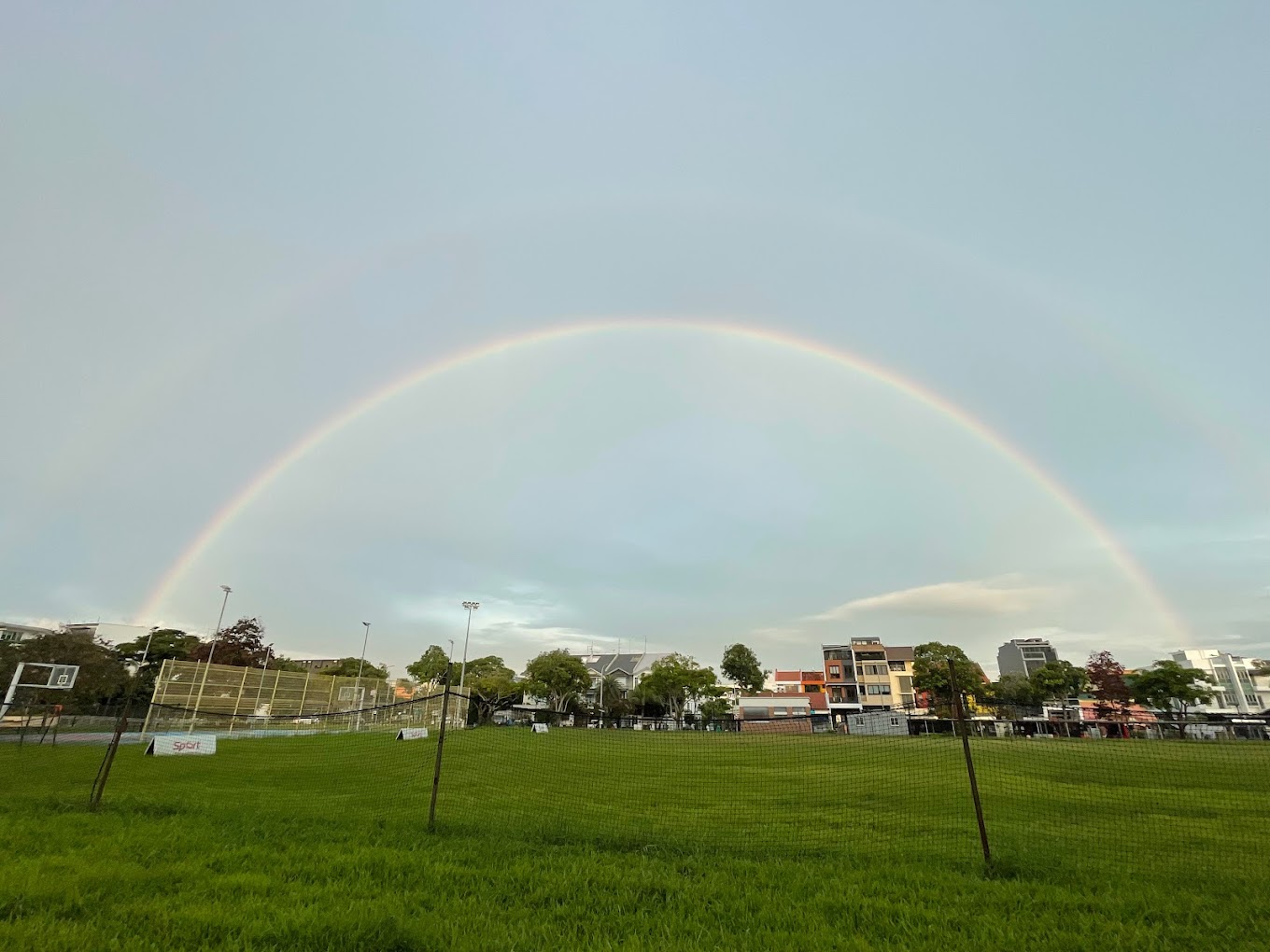 Image from Mustafa Burhani / Google.
Image from Mustafa Burhani / Google.
And Liyana Othman, a resident for seven years, said the field has been integral to bringing the community together.
"It's been a great open space for community events such as festivals, carnivals and even for Chinese New Year festivities, which bring this tiny neighbourhood together," she added.
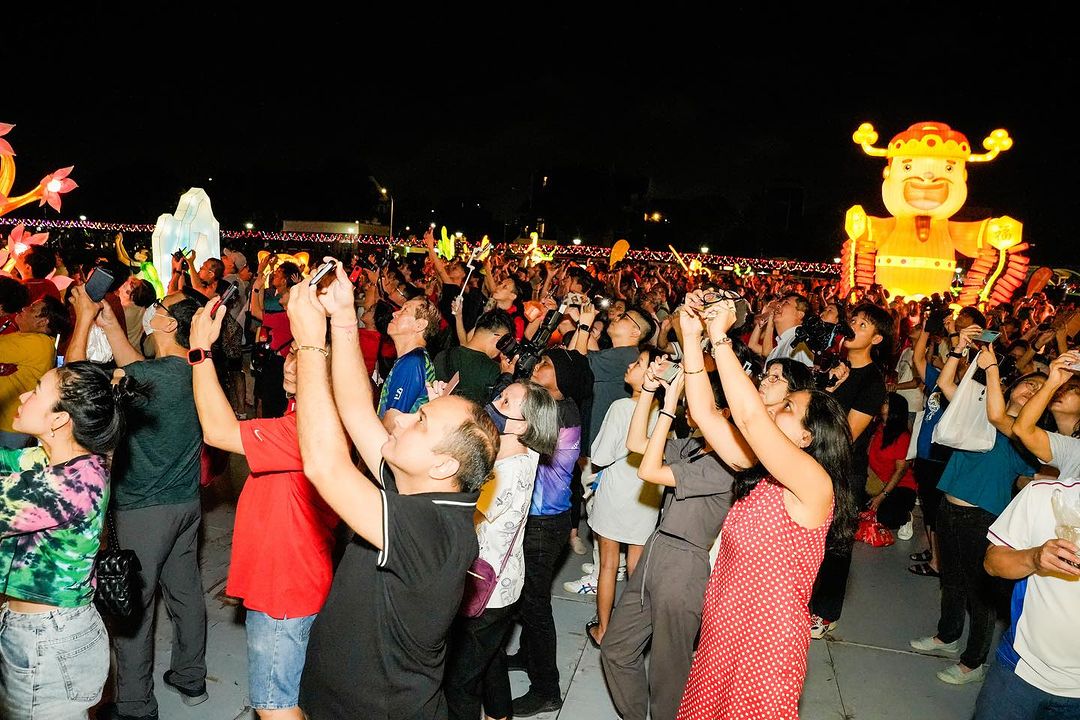 Residents gathering to watch a drone show during 2024 CNY celebrations held at the Kembangan field. Image from edwintong/Instagram.
Residents gathering to watch a drone show during 2024 CNY celebrations held at the Kembangan field. Image from edwintong/Instagram.
Tried walking the ground
All those were good reasons to miss the field, but as an outsider, I never got to enjoy the field or its amenities like the residents did.
"So what makes you sad?", I asked my fiancee a few weeks after the news dropped, to try to get a handle on what I was feeling.
"Didn't you want to enjoy the field after we moved in?" she replied.
"Yeah..." I replied vaguely. I wasn't sure what I would miss about it.
But given the possibility that the field might soon be gone, we decided to go for a walk there.
There were others too on that evening, some enjoying the field's final moments like us, or perhaps blissfully unaware.
 Image by Daniel Seow.
Image by Daniel Seow.
It felt like a poignant moment to pause and reflect.
We could have brought our future kids to learn to cycle there, my fiancée mused.
Or I could have gone for a jog in the morning quiet, I told her.
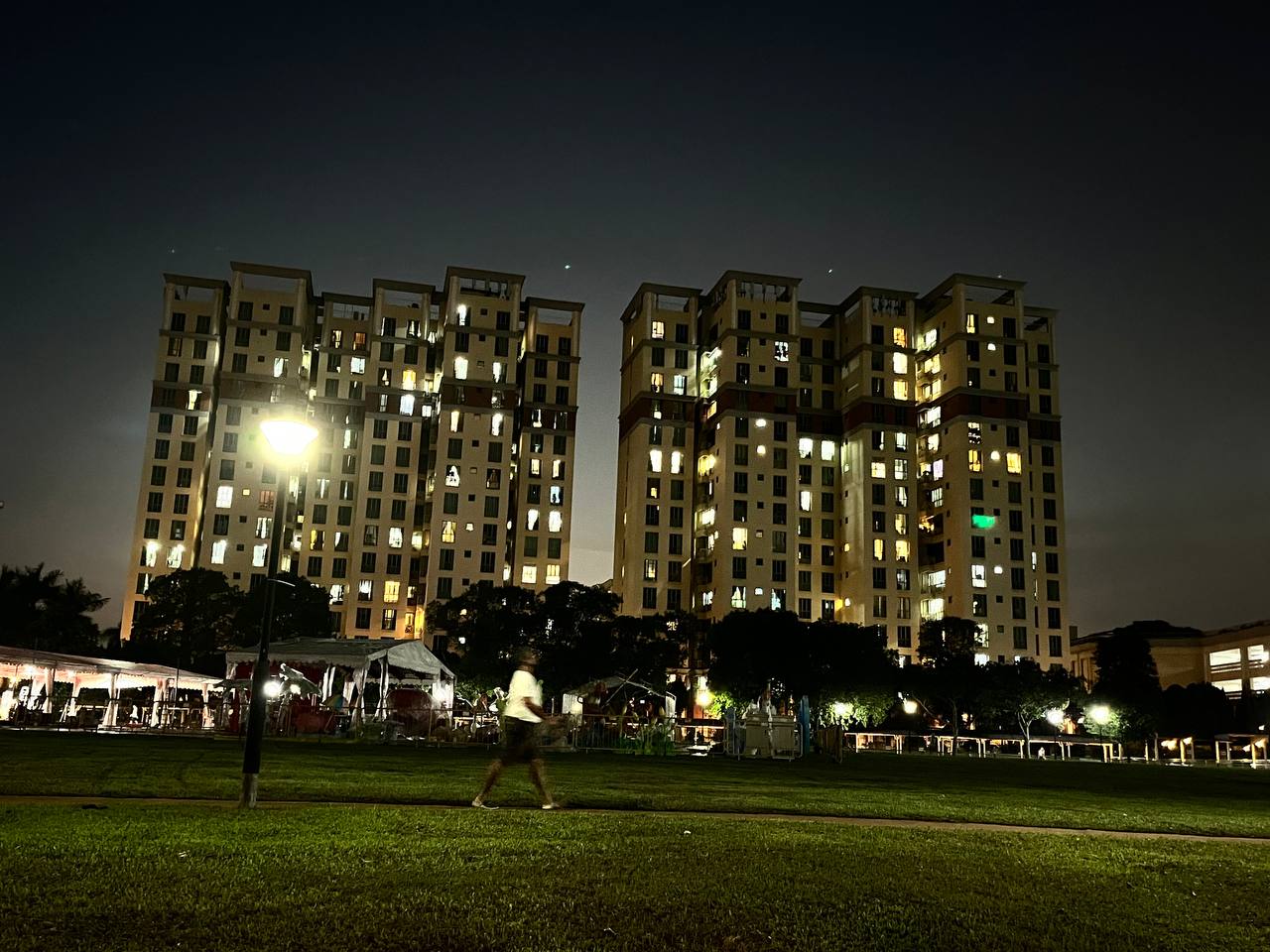 Image by Daniel Seow.
Image by Daniel Seow.
It was ironic that our first evening stroll there, would be our last.
By mid-February, the field had been cordoned off from the public.
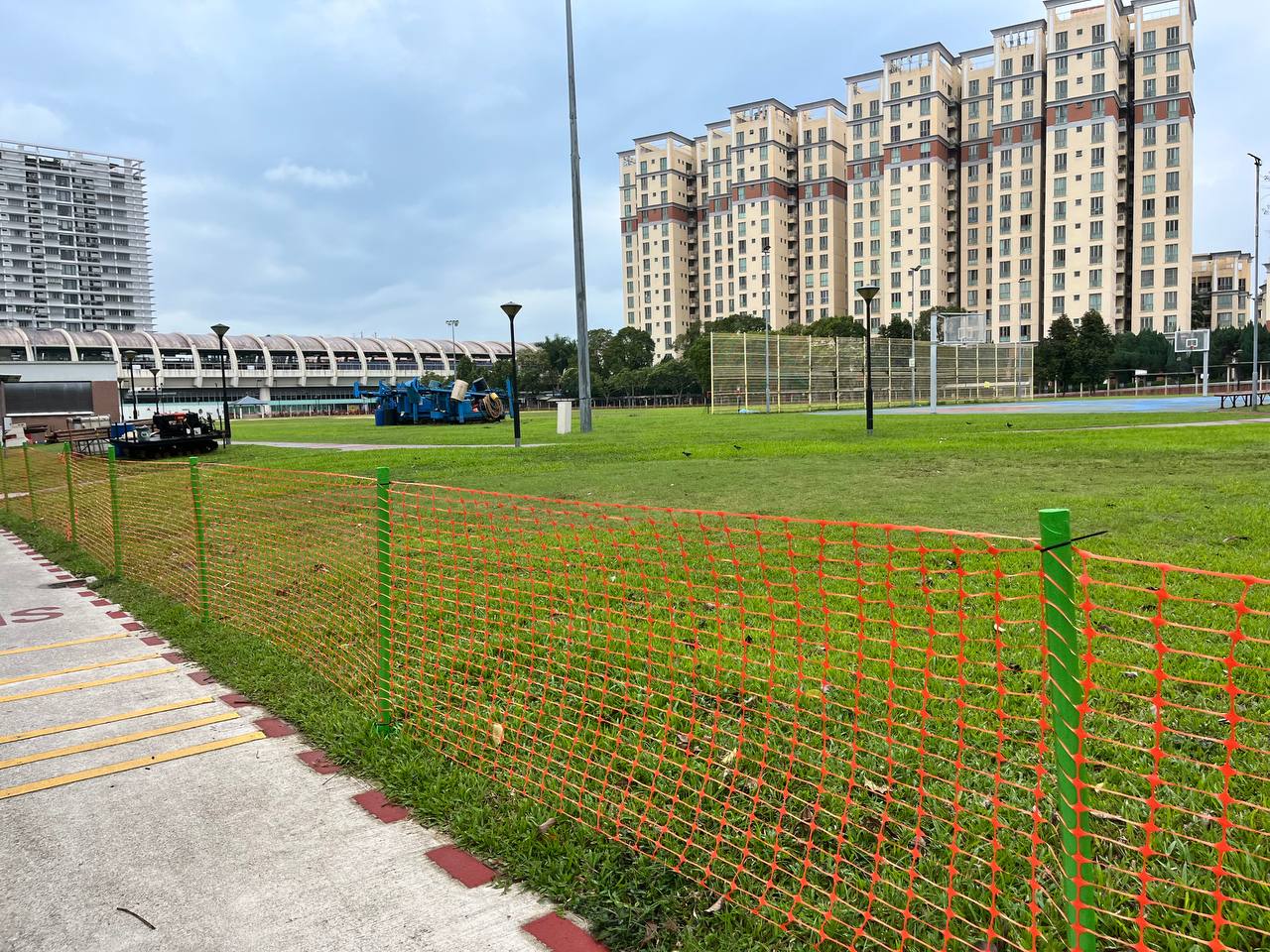 Image by Daniel Seow.
Image by Daniel Seow.
A Singapore missed
I got to thinking of places from my childhood that were no longer around.
I'll never forget the hours spent with my head buried in a book at Borders bookstore, or at the old National Library.
I'll also remember the iconic Big Splash waterpark at East Coast Park, with its rainbow slides that could be seen from the expressway.
But my personal favourite?
The old Marina South field, a spacious plot where I would run freely with kite string in hand, enjoying the incredibly gusty winds.
It was also where I first learned how to fly a kite properly.
 A storytelling and kite-flying activity hosted at the old Marina South field in 2003. Image from Singapore Kites Blogspot.
A storytelling and kite-flying activity hosted at the old Marina South field in 2003. Image from Singapore Kites Blogspot.
From 2008 onwards, however, Marina South's field, along with its steamboat restaurants, bowling alleys and arcades, made way for newer attractions as part of the area's redevelopment.
And though I went back to Marina Barrage to try and relive my childhood kite-flying joys, it was never the same.
Still, I'm glad for the memories.
Redevelopment as a norm
As I returned my thoughts to the matter of the Kembangan field, I tried looking at it more objectively.
Frankly, the land there was way too valuable to remain untouched for long, as it's right smack next to an MRT station on the fringe of the city.
The Kembangan field's redevelopment seems like a natural progression in our island city, given the scarcity of land and ever-growing demand for public housing.
So why was I sad about losing it?
Part of it was a tinge of FOMO (fear of missing out). After the field got fenced off, I was struck by how I would never get to experience an integral part of life in the neighbourhood.
Or to put it another way, I never got the chance to know it.
And as I admired the field from the MRT one day, I appreciated the sense of space and freedom it gave me — aspects that will be lost once it's fully redeveloped.
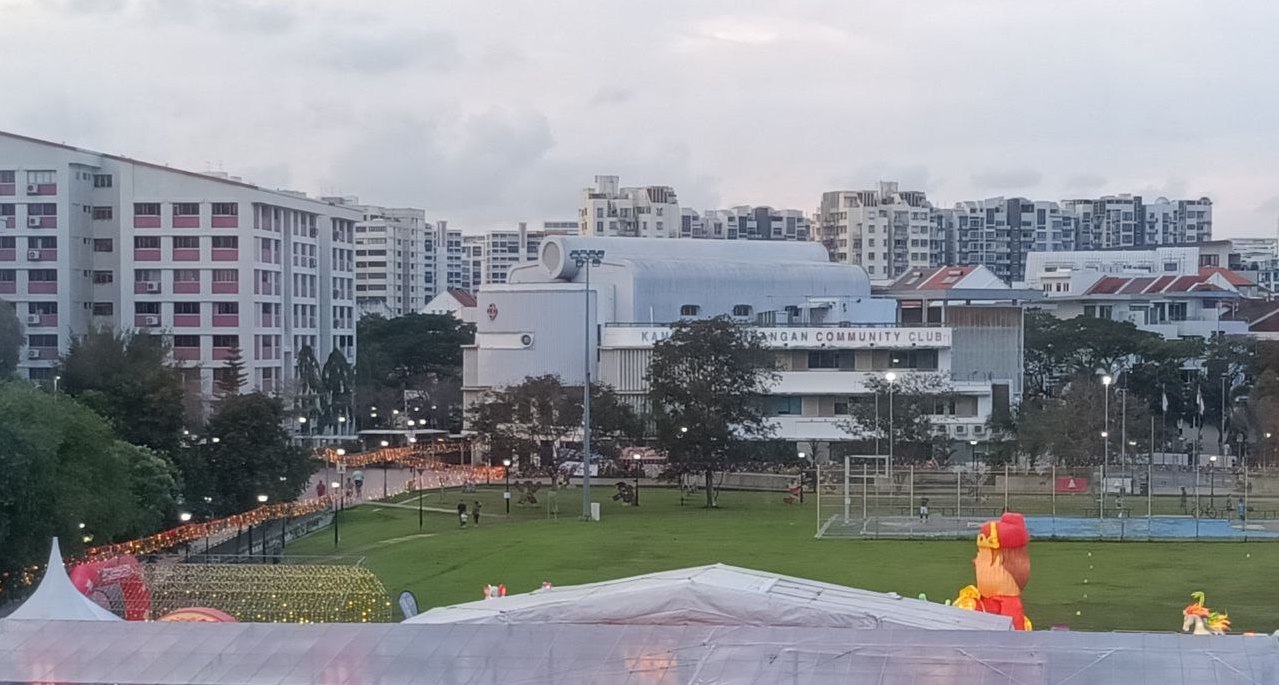 Image by Daniel Seow.
Image by Daniel Seow.
Why I'll grieve
At the heart of it, the field's redevelopment served as an unfeeling reminder that the only constant in life is change.
Don't get me wrong, I am grateful for the benefits of redevelopment in Singapore, such as new housing, better amenities, and improved connectivity.
But on a more sentimental level, the thought of change bothers me.
Places and landscapes that I appreciated growing up might be gone before I know it, replaced by a new mall or housing project.
I may never get to walk with my future children through the vanished parks and paths of my childhood, and show them where I grew up.
One day, perhaps, these memories will fade with me and my peers entirely.
And for that, I'll grieve.
Top image by Daniel Seow.
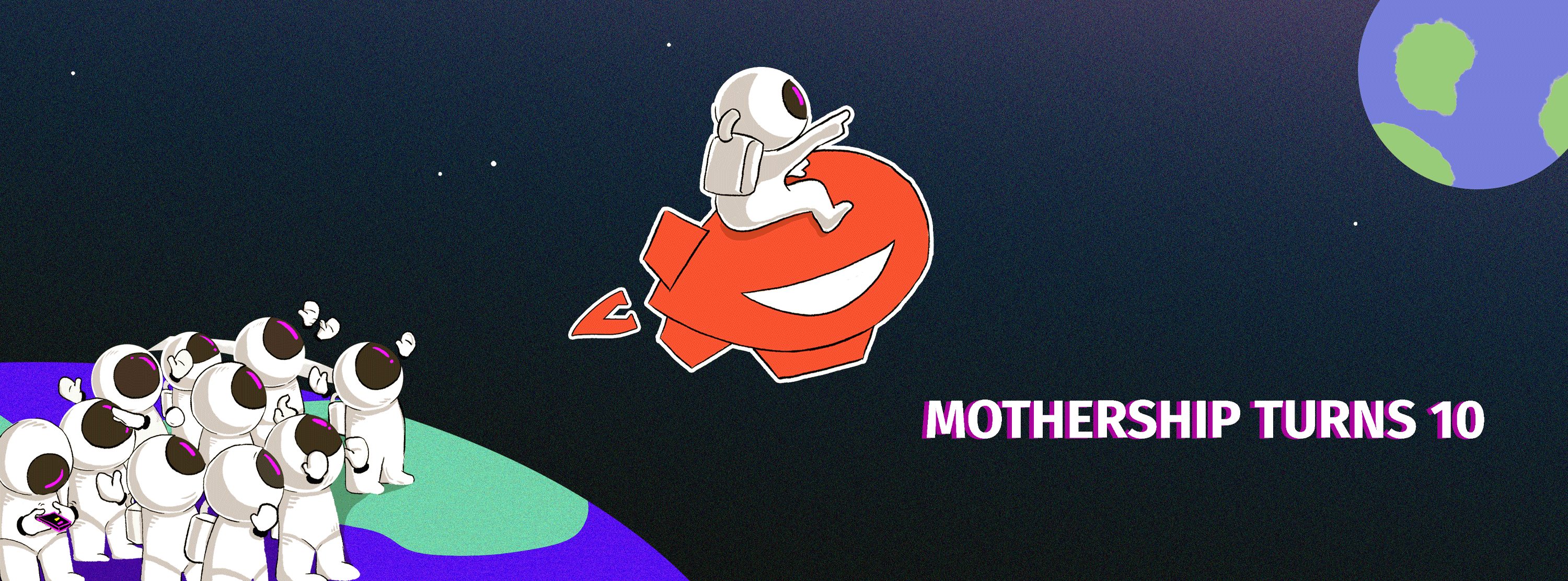
If you like what you read, follow us on Facebook, Instagram, Twitter and Telegram to get the latest updates.

